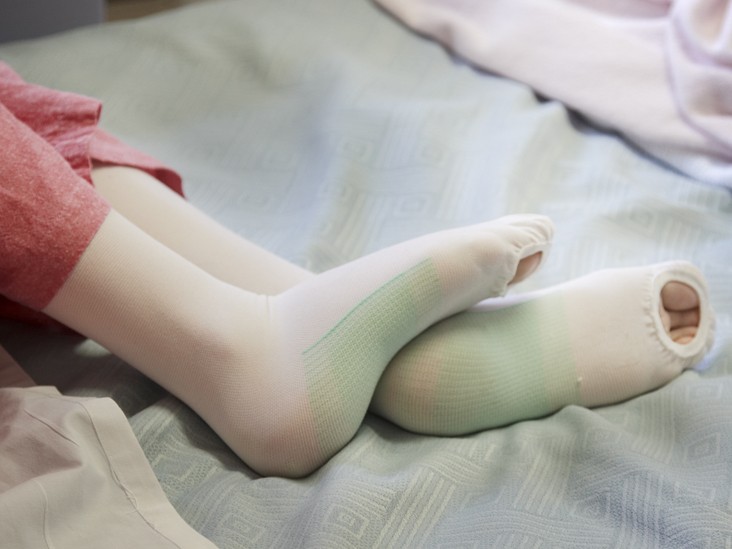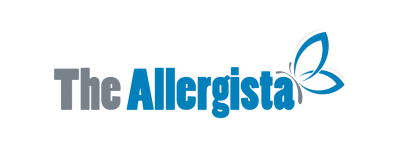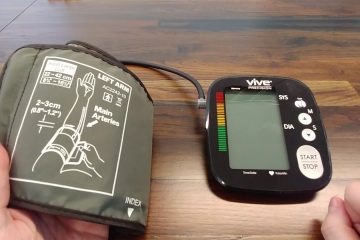Main Goal of Lymphedema Treatment with Compression Garments

Lymphangiosarcoma is a rare but quickly spreading lymphatic vessel cancer. Certain breast cancer patients suffer from this illness, which usually shows up 10 years after the initial diagnosis. It is characterised by purple tumours on the skin that are either flat or raised. In order to determine whether or not a patient has lymphangiosarcoma, a CT scan or MRI is performed. A malignancy called lymphangiosarcoma is usually incurable.
Lymphedema may be treated in a variety of ways, some of which are given below:
Exercise
To help the lymphatic vessels discharge lymph and reduce swelling in the affected limb, modest aerobic exercise (exercise that works the heart and lungs harder) may be beneficial.
Garments with a compressive elastic
The fabric used in elastic compression garments distributes controlled pressure to different parts of the arm or leg in order to improve fluid circulation and prevent it from building up in one place. To ensure that these garments are a perfect fit for each patient, custom orders may be necessary. Swelling in the affected limb may be reduced by wearing an elastic sleeve while exercising. As lymphedema may develop at high altitudes and complicate travel, it is vital to wear elastic compression garments for lymphedema while flying. Elongated lymphedema sleeve and stockings, as well as elastic compression garments, are now on offer.
Bandages
Bandages (wraps) may be applied to the swollen limb after the fluid has been evacuated to prevent the area from being re-flooded. The lymphatic vessels’ ability to move lymph from one site to another is improved with the use of bandages. Lymphedema that has not responded to other treatments might sometimes be helped by bandages.
In massage therapy, pressure is applied to the body in an attempt to alleviate pain
Lymphedema patients may benefit from massage therapy, also known as manual therapy, in which the soft tissues of the body are gently kneaded, stroked, tapped, and brushed. Lymph from a swollen place to one where there are working lymphatic vessels may be helped by massage.
Massage therapy is not indicated for patients who have had radiation treatment to the lymphedema site or who have any of the conditions listed below:
- Swollen limbs may be caused by cellulitis (infection of the deep tissues of the skin and muscles) or another kind of inflammation.
- The lymphedema is still present in the area where the malignancy resides.
- In the veins of the lower legs, deep vein thrombosis develops, which is a form of blood clot (blood clot in a vein).
- (A disorder in which the heart muscle weakens, resulting in fluid buildup in the tissues of the body) Congestive heart failure
- It’s important to take good care of your skin.
- It is known as a “combination therapy” when many methods are used in tandem.
Massage, bandaging, exercises, and skin care are all part of the combination physical therapy treatment regimen offered by a licenced physical therapist who has undergone specialised training. Before commencing the programme, the therapist will do numerous treatments in rapid succession to reduce the bulk of the swelling in the lymphedema-affected leg. In order to keep the swelling under control, the patient is given a home regimen. A kind of decongestive therapy, combination treatment is also known as complex decongestive therapy.
A device that compresses data
This kind of treatment uses a pump linked to an elastic band around your arm or leg in order to provide gentle pressure to the injured region on a regular basis. The sleeve goes through an inflation and deflation cycle. This pumping action may help transport lymphatic fluid and avoid fluid buildup in the arm or leg by moving fluid via lymphatic arteries and veins. Compression devices may be effective when used in combination with other treatments. Because too much pressure on the lymphatic vessels at the skin’s surface might cause damage, these devices should only be used under the guidance of a trained professional.









